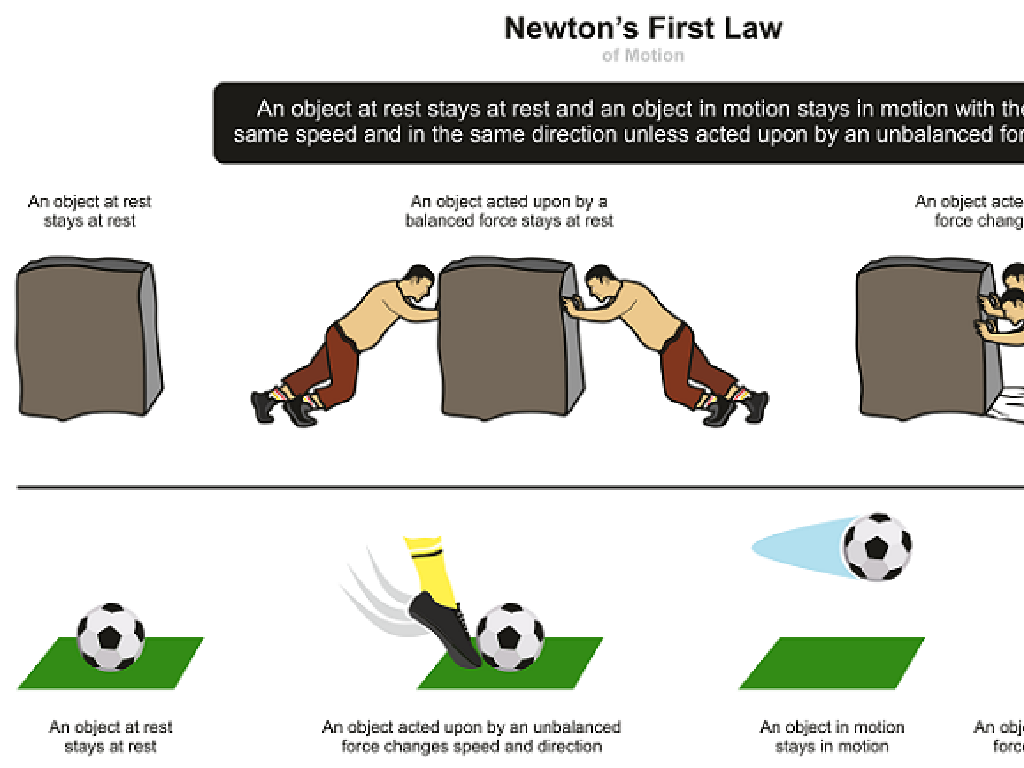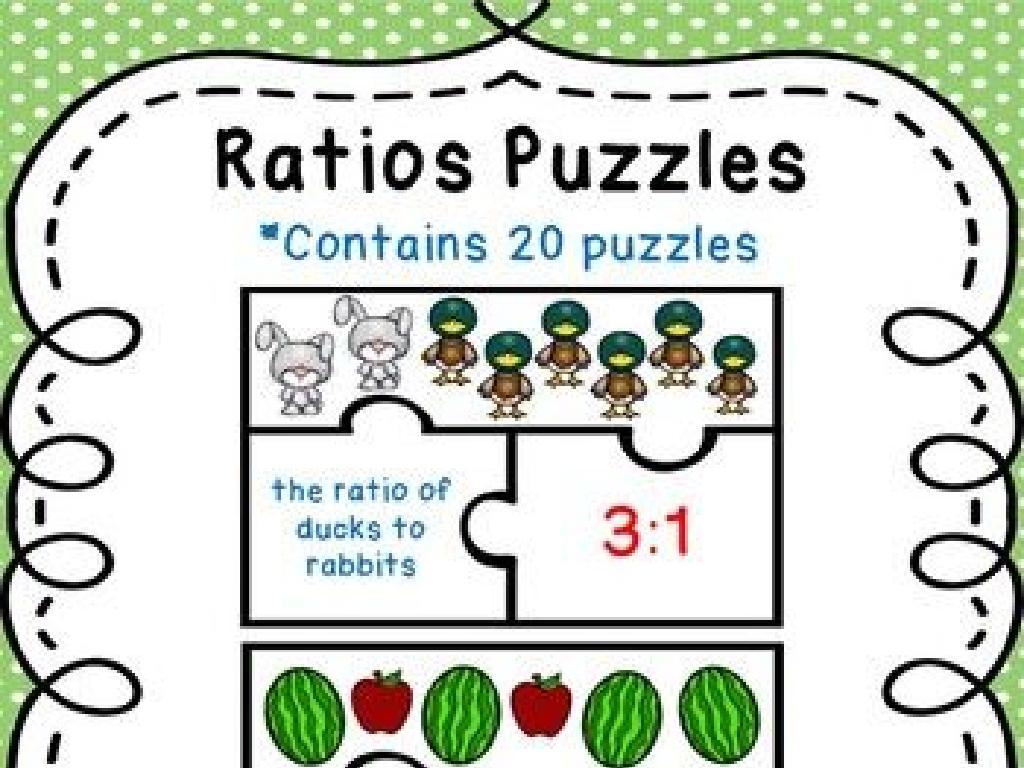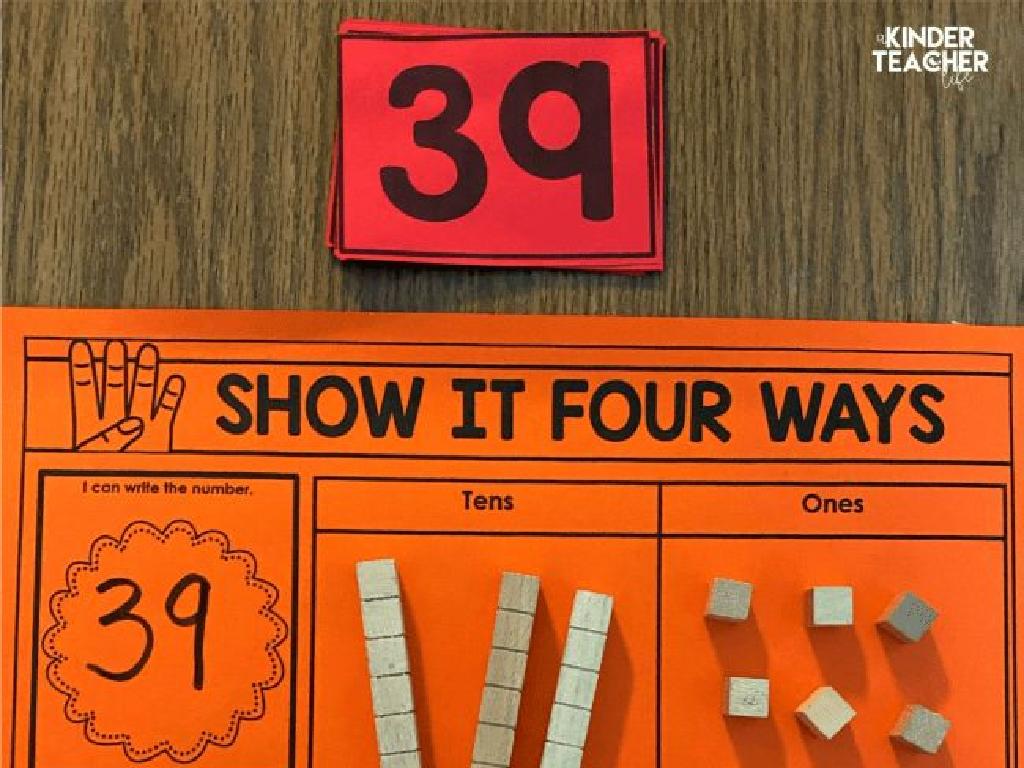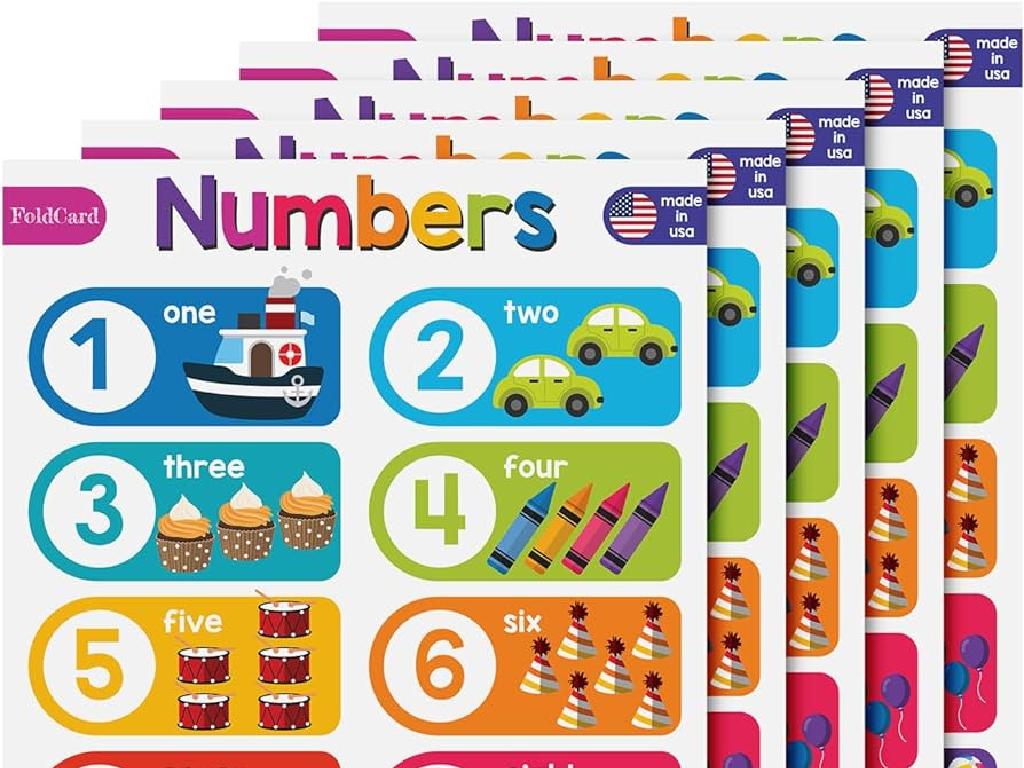Order The Words To Create A Sentence
Subject: Language arts
Grade: Fourth grade
Topic: Sentences, Fragments, And Run-Ons
Please LOG IN to download the presentation. Access is available to registered users only.
View More Content
Building Blocks of Writing: Crafting Sentences
– What makes a complete sentence?
– Subject + verb + complete thought.
– Spotting sentence fragments
– Incomplete sentences missing a key element.
– Avoiding run-on sentences
– Two sentences joined without proper punctuation.
– Practice creating sentences
|
This slide introduces the fundamental concepts of sentence construction, which is crucial for effective writing. Begin by explaining the components of a complete sentence: a subject, a verb, and a complete thought. Then, discuss sentence fragments, which are incomplete sentences that lack one of these elements. Next, address run-on sentences, which occur when two sentences are improperly joined without conjunctions or punctuation. Finally, engage the students in an activity where they practice identifying and correcting fragments and run-ons, as well as creating their own complete sentences. This will solidify their understanding and application of these concepts.
Building Blocks of a Sentence
– Definition of a sentence
– A sentence is a set of words that conveys a full idea.
– Essential sentence elements
– Every sentence needs a subject and a verb.
– Recognizing a complete idea
– It’s not just any group of words; it must express something whole.
– Example of a simple sentence
– ‘The cat sat on the mat’ shows subject ‘cat’ and verb ‘sat’.
|
This slide introduces the concept of a sentence to the students. It’s crucial to explain that a sentence is more than just a string of words; it must convey a complete thought. Emphasize the importance of having both a subject and a verb to form a sentence. Use the example provided to illustrate how the subject and verb work together to express a complete idea. Encourage students to come up with their own examples of sentences, ensuring they include a subject and a verb. This will help them understand the structure and function of a sentence in communication.
Sentence or Fragment?
– What is a sentence fragment?
– A fragment lacks a subject, verb, or complete thought.
– Example: ‘On the mat’
– ‘On the mat’ is missing a subject and verb. Who or what is on the mat?
– Identify: Sentence or Fragment
– Practice together in class
– We’ll work as a class to spot and fix fragments!
|
This slide introduces the concept of sentence fragments to the students. Begin by explaining that a sentence fragment is like an unfinished puzzle it’s missing important pieces. Use the example ‘On the mat’ to illustrate a fragment that lacks a subject (who or what) and a verb (action or state of being). Engage the class by presenting various phrases and asking them to determine if each is a sentence or a fragment. Encourage them to explain their reasoning. This activity will help students understand the importance of complete thoughts in writing. As a follow-up, have students create their own examples of fragments and then correct them to form complete sentences.
Watch Out for Run-ons!
– What is a run-on sentence?
– Two or more sentences joined incorrectly without a pause
– Run-ons can be confusing
– Punctuation helps the reader
– Proper punctuation gives a clear pause and understanding
– Example of a run-on sentence
– ‘The cat sat on the mat it was a sunny day’ needs a period or conjunction
|
This slide introduces the concept of run-on sentences to fourth-grade students. A run-on sentence occurs when two or more sentences are combined without the necessary punctuation, such as periods or commas, which can make the text confusing and difficult to read. Emphasize the importance of punctuation in providing clear pauses and aiding comprehension. Use the example provided to show how the sentence should be broken up or connected with proper punctuation or conjunctions. Encourage students to identify run-on sentences and correct them by adding periods, commas, or conjunctions to improve clarity.
Crafting Complete Sentences
– Sentences need correct word order
– Begin with a capital letter
– Every sentence starts with a capital letter
– End with proper punctuation
– Use a period, question mark, or exclamation point at the end
– Let’s practice making sentences!
– We’ll rearrange words to form clear sentences together
|
This slide introduces students to the basic structure of a sentence. Emphasize the importance of word order in creating meaningful sentences. Explain that every sentence begins with a capital letter, regardless of the word. Discuss the different types of punctuation that can end a sentence and what they signify. The practice activity will involve students rearranging jumbled words to form coherent sentences. For the activity, provide examples with mixed-up words and guide the students to correct them. For instance, ‘is blue the sky’ becomes ‘The sky is blue.’ Encourage students to explain why they ordered the words in that way to reinforce their understanding of sentence structure.
Let’s Practice Together: Building Sentences
– Activity: Create a sentence from words
– Check for a subject in the sentence
– The subject is who or what the sentence is about
– Ensure there’s a verb present
– A verb is an action word that shows what’s happening
– Make sure the sentence makes sense
– Read it out loud to see if it sounds right
|
This activity is designed to help students understand the structure of a sentence by recognizing the importance of having a subject, a verb, and logical sense. Start by explaining that every sentence needs someone or something doing an action or being described. Then, discuss verbs and how they represent the action in the sentence. Finally, emphasize the importance of the sentence making sense as a whole. For the activity, provide students with a set of words and ask them to form a complete sentence. Encourage them to share their sentences with the class. Possible variations of the activity could include creating sentences with compound subjects or verbs, identifying the subject and verb in each other’s sentences, or even creating a short story from a series of sentences they’ve created.
Group Activity: Sentence Scramble
– Receive a set of word cards
– Arrange words into a sentence
– Think about the order of nouns, verbs, and adjectives
– Share your sentences with the class
– Practice speaking and listening skills
– Understand sentence structure
– Learn how sentences are formed
|
This group activity is designed to help students understand the structure of sentences by physically manipulating word cards to form coherent statements. Divide the class into small groups and provide each group with a set of scrambled word cards. Encourage them to discuss and collaborate to arrange the words into a proper sentence. This will not only help them grasp the concept of sentence structure but also foster teamwork and communication skills. After the activity, each group will share their sentences with the class, allowing for a review and reinforcement of the lesson. Possible sentences for the activity could include simple structures like ‘The cat sat on the mat’ or more complex ones like ‘She happily walked her fluffy dog in the park.’
Class Activity: Sentence Creation Challenge
– Create sentences with word cards
– Arrange the cards to form a complete sentence.
– Use a timer for added fun
– Can you make a sentence before the time runs out?
– Be prepared to read aloud
– Practice speaking skills by sharing with the class.
– Understand sentence structure
|
This activity is designed to help students understand the structure of sentences by physically manipulating word cards to create proper sentences. Set a timer to make the activity more engaging and to encourage quick thinking. After the timer ends, ask students to read their sentences aloud, which will help them practice their speaking skills and reinforce their understanding of sentence structure. For the activity, prepare different sets of word cards for each student or group, and ensure the words can form a coherent sentence. Consider having a variety of difficulty levels for the sentences to cater to different skill levels within the class.
Review and Reflect: Crafting Complete Sentences
– Elements of a complete sentence
– A subject, verb, and complete thought make a sentence.
– Identifying fragments and run-ons
– Fragments lack parts; run-ons are too long without proper punctuation.
– Sharing our learning
– Discuss what we’ve understood about sentences today.
|
This slide aims to consolidate the day’s learning about sentence structure. Start by reviewing the components of a complete sentence, emphasizing the need for a subject, verb, and a complete thought. Then, move on to identifying sentence fragments, which are incomplete thoughts, and run-on sentences, which improperly combine too many ideas without correct punctuation. Encourage students to share their insights and what they’ve learned about sentence construction, promoting peer learning and reinforcing their understanding. This reflection will help them recognize and correct these common mistakes in their writing.
Homework Challenge: Crafting Sentences
– Write five sentences about your day
– Include a subject and a verb in each
– A subject does the action, and the verb is the action
– Ensure each sentence is complete
– A complete thought has a beginning, middle, and end
– Get ready to share in class
|
This homework task is designed to reinforce the concept of sentence structure. Students are asked to reflect on their day and write sentences that have a clear subject and verb, forming a complete thought. This exercise will help them understand the importance of each component in making a sentence meaningful and grammatically correct. In the next class, we will review some of the sentences to highlight good examples and discuss any common mistakes that may have occurred, providing a practical application of the lesson.






